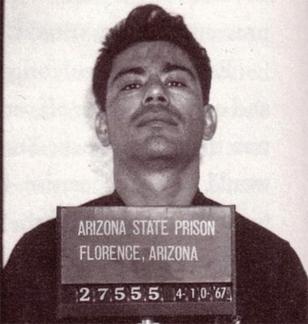The U.S. Supreme Court delivered its decision in the case of Miranda v. Arizona on June 13, 1966. This landmark ruling established that all criminal suspects have the right to be informed of their “Miranda Rights” during police interrogations. Miranda Rights include the right to an attorney, the right to remain silent, and an acknowledgment that anything said can and will be used against them in a court of law.
The case of Miranda v. Arizona emerged from the arrest of Ernesto Miranda, who was accused of rape and murder and identified by a witness to the crime. During a two-hour interrogation after his arrest, he was not informed of his right to remain silent or his right to have an attorney present. Miranda subsequently signed a confession that led to his conviction in the Arizona Supreme Court.
As a result of this ruling, the courts determined that any statements made by suspects without explicitly being informed of their rights could not be used in a court of law. Following the Supreme Court decision, Ernesto Miranda was retried, and his confession was excluded from the trial. Despite this, he was still found guilty and sentenced to 30 years in prison.
However, his attorney appealed to the U.S. Supreme Court, arguing that Miranda had not been informed of his Fifth and Sixth Amendment rights at the time of his arrest. The U.S. Supreme Court agreed with this argument. From this decision, the Court established that arresting officers must inform suspects of their rights to remain silent, their rights to an attorney, and their right to counsel even if they cannot afford it. These rights became known as the “Miranda Rights” after the ruling.

